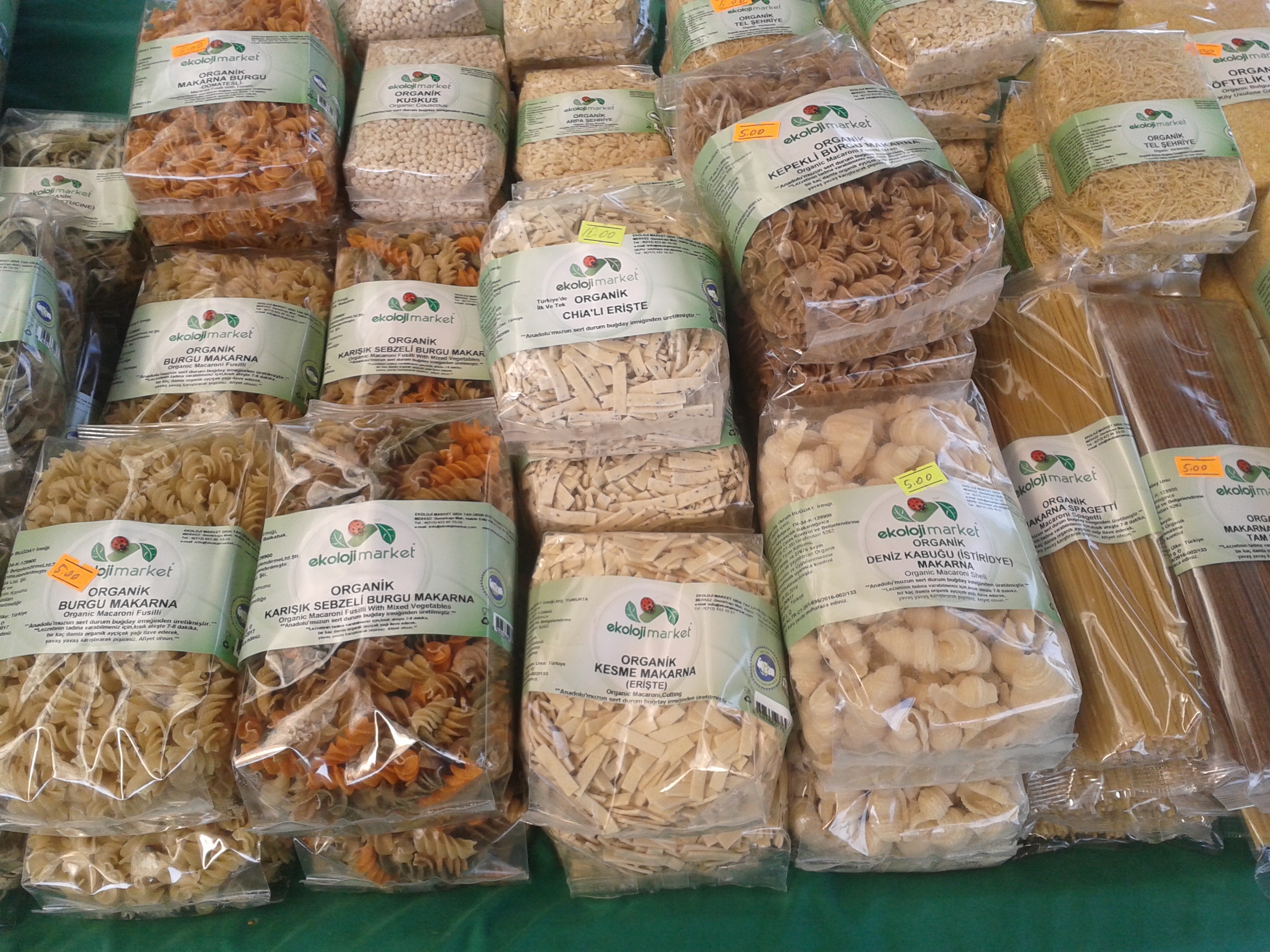The United States is one of the countries selling certified organic products. Organic products are products made according to certain standards. These standards provide for the abandonment of the use of synthetic fertilizers, pesticides, growth regulators, some food additives, GMOs. In animal husbandry, preference is given to feed without additives, it is forbidden to use hormones and antibiotics, and stress-free housing conditions must be ensured. For the food industry, the use of artificial flavors and coloring matters is prohibited. The cultivation and production of foodstuffs is controlled and certified. In the US, this is the National Organic Program (NOP). Organic food can be bought in many stores. The most popular of them is Whole Foods; its product range consists mainly of bio-products. Despite the growing popularity of organic products, they account for 3% of the total volume of products manufactured in the United States. Unfortunately, prices for organic products are high. However, it is always possible to find the best price offers in various malls, using car rental in Chicago O’Hare Airport.
Most American stores along with regular food offer organic meats, fruits, and vegetables. They are significantly more expensive, but, as manufacturers say, much more useful for health.
In addition, companies that deliver organic products directly from the farm are now in great demand in the USA. They are responsible for the freshness and quality of the products, and the buyer can, if desired, come to the areas where they grow fruits and vegetables. Seasonal berries can be picked up with the children on a farm – this is a pleasant walk, and benefits for the whole family. Never in the store will you see such ripe, tasty, fragrant berries like the berries you collect with your own hands on the farm.

The certification system for organic products has been developed in the USA, European Union, Canada, Mexico, Japan and some other countries. In the United States, the Department of Agriculture does this certification. The first standard for organic products appeared in the USA on October 21, 2002.
Organic products are grown without the use of synthetic pesticides and chemical fertilizers. Seeds of organic plants before sowing are not irradiated with radiation. At the same time, the main document in this area – the Act on the production of organic products – contains a rather long list of permitted pesticides that are considered natural.
In order for vegetables or fruits to get the proud title of organic, the soil beneath them must be specially prepared. They need to be fertilized only with safe substances; poisons are not used in pest control. Organic foodstuffs should be brought to the market or shop in a special way – without mixing them with ordinary fruits and vegetables.
But then again, the US Department of Agriculture assumes that a portion of pesticides can randomly get into organic products. If this happened unintentionally and there no more than 5% of the level of pesticides allowed in conventional products was found, this is not considered a violation in the production of organic food. If the manufacturer of organic products used banned pesticides or did not do something to avoid them from getting into their products, this is considered a gross violation of organic standards.
The main goal of people buying organic products is to limit the ingestion of pesticides to the body.
Pesticides in foods affect the children the most because of the immature system of excretion of residues of poisons from the body and their low body weight. Scientific studies have proven that pesticides can damage the nervous system of children.

A study, made by the Washington University Center for Agriculture and Natural Resources has shown that organic vegetables have an average of 40% more antioxidants than the usual ones. Moreover, breast milk from mothers who are on an organic diet contains more fatty acids.
US Department of Agriculture statistics show that people are buying more and more organic products every year. In 1990, the volume of sales of organic food in the United States was about one billion dollars, in 2005 – about 13 billion, and then in 2014 it was almost three times higher.
The number of farmers markets in the USA has also increased. To date, more than 20,000 “healthy” food stores and three out of four “regular” food stores sell organic products.

Consumers, doctors, researchers argue a lot about whether the organic products are harmless and have better taste. Some people believe that such food is much tastier and others do not see the difference. The choice remains for the buyer, only he or she decides what to buy.
Largely, organic farming and cattle breeding are based on trust in the farmer and on the buyer’s faith in the very idea of organic products. Further, it remains only to hope that the farmer, consciously or through an oversight, does not give out inorganic products with low prime cost for premium organic products.

